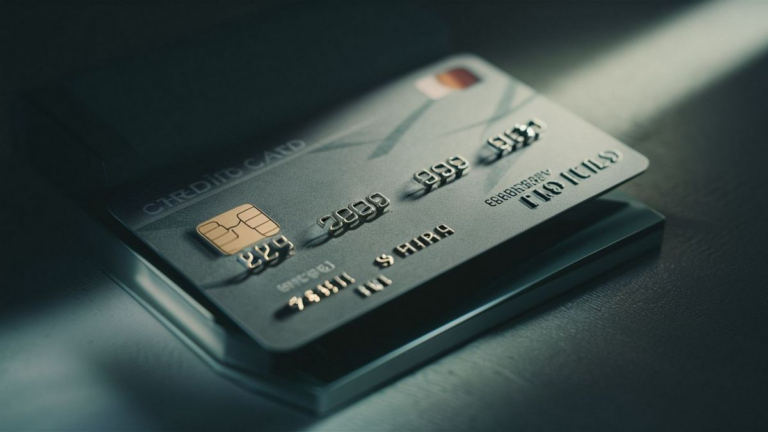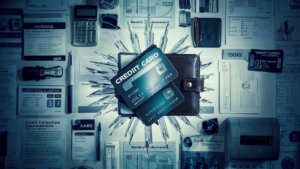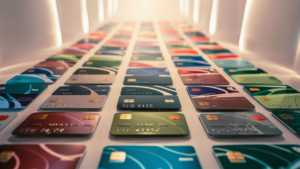When it comes to credit cards, the card number serves as a fundamental piece of information. Understanding what the card number represents and how it functions is essential for anyone who uses credit cards for transactions. Let’s delve into the intricacies of what the card number on a credit card entails.
What is a Card Number?
The card number, also known as the primary account number (PAN), is a unique identifier assigned to every credit card. It typically consists of a string of digits embossed or printed on the card’s surface.
Components of a Card Number
A credit card number usually comprises several components, each with its significance:
- Issuer Identification Number (IIN): The first six digits of a card number represent the IIN, which identifies the institution that issued the card.
- Account Number: Following the IIN, the digits that follow typically represent the account number assigned to the cardholder.
- Check Digit: The last digit of the card number is a check digit calculated using the Luhn algorithm. It helps ensure the validity of the card number and detect errors in data entry.
Importance of the Card Number
The card number plays a crucial role in various aspects of credit card usage:
- Identification: Merchants use the card number to identify the cardholder and initiate transactions.
- Authorization: During a transaction, the card number is transmitted to the issuing bank for authorization. This process verifies the availability of funds and the legitimacy of the transaction.
- Security: While the card number is necessary for transactions, it’s vital to keep it secure to prevent unauthorized use. Cardholders should refrain from sharing their card number indiscriminately.
Format Variations
While most credit card numbers adhere to a standard format, there can be variations based on factors such as card network and issuer. For example, American Express cards have a different format compared to Visa or Mastercard.
Protecting Your Card Number
Given the sensitivity of card numbers, it’s essential to take measures to protect them:
- Secure Transactions: Only provide your card number on secure websites and refrain from sharing it over unsecured channels.
- Monitor Statements: Regularly review your credit card statements to detect any unauthorized transactions promptly.
- Report Loss or Theft: In case of a lost or stolen card, notify your card issuer immediately to prevent unauthorized use.
Final Thoughts
The card number on a credit card serves as more than just a set of digits—it’s a critical identifier that facilitates transactions while also warranting careful protection. Understanding its significance and taking appropriate security measures are essential aspects of responsible credit card usage.
Frequently Asked Questions
Here are some common questions related to credit card numbers:
| Question | Answer |
|---|---|
| Can I share my card number with anyone? | No, it’s not advisable to share your card number with anyone unless it’s a trusted merchant or entity for legitimate transactions. Sharing your card number indiscriminately can lead to unauthorized use and potential fraud. |
| What should I do if I suspect fraudulent activity on my card? | If you notice any unauthorized transactions or suspect fraudulent activity on your card, you should immediately contact your card issuer. They can help you investigate the issue, potentially freeze your card to prevent further unauthorized charges, and guide you on next steps to secure your account. |
| Why is the card number important for online transactions? | For online transactions, the card number serves as a primary identifier to initiate and authorize payments. Merchants use this information to process transactions securely. However, it’s crucial to ensure that you’re entering your card details on trusted and secure websites to mitigate the risk of data breaches or unauthorized access. |
Additional Tips for Card Security
Aside from protecting your card number, here are some additional tips to enhance card security:
- Enable Transaction Alerts: Many card issuers offer transaction alert services, allowing you to receive notifications for any activity on your card. Enabling these alerts can help you quickly identify and respond to suspicious transactions.
- Use Virtual Card Numbers: Some card issuers provide the option to generate virtual card numbers for online purchases. These temporary numbers are linked to your account but can only be used for a single transaction or within a specified time frame, adding an extra layer of security.
- Regularly Update Security Settings: Keep your card issuer informed of any changes in your contact information and review and update security settings associated with your card account regularly.
Understanding Card Number Security Codes
In addition to the card number, most credit cards feature a security code, such as CVV or CVC, typically located on the back of the card. These codes provide an additional layer of security for card-not-present transactions, such as online purchases, by verifying that the cardholder has physical possession of the card during the transaction.
See also:






